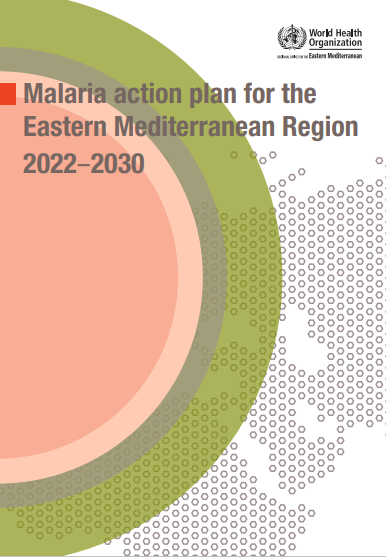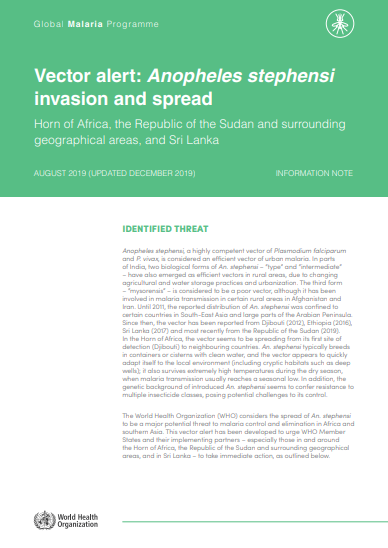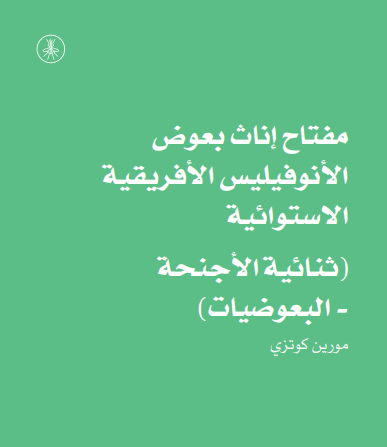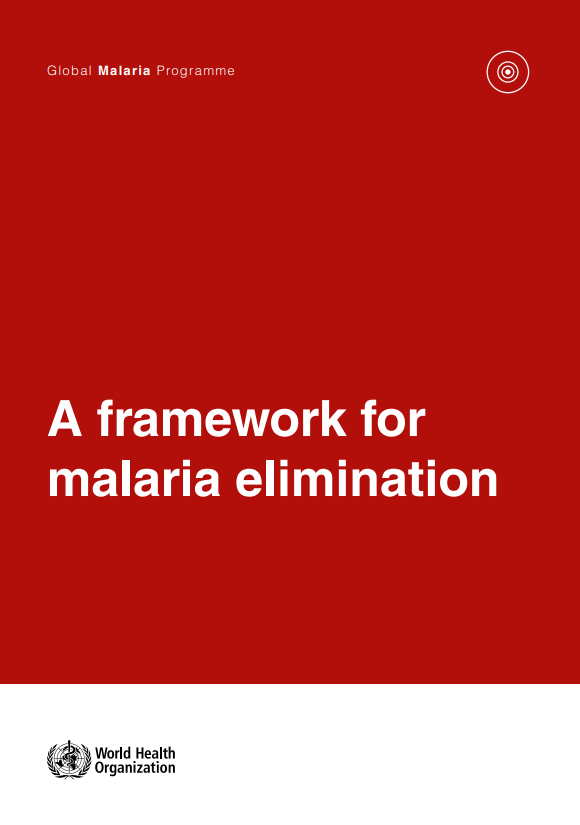Vectorborne diseases are a significant source of morbidity and mortality in countries of the Middle East and North Africa, which make up part of the WHO Eastern Mediterranean Region. Countries in this Region suffer a disproportionate share of the global burden of vector borne diseases.
Many countries in the Eastern Mediterranean Region have successfully reduced or even eliminated malaria during the WHO Global Malaria Eradication Campaign of the 1950s and 1960s. This campaign was based on the indoor residual spraying with dichloro-diphenyl-trichloroethane (DDT).
Similar to other regions the emergence of insecticide resistance among disease vectors in the Region has been difficult to mitigate due to the limited number of insecticides (four classes: organochlorines, organophosphate, carbamates and pyrethoids) available for indoor residual spraying (IRS). This has been exacerbated by the indiscriminate use of pesticides in the agriculture and public health sectors: Unsafe storage of DDT stockpiles, whether obsolete or not, continues to be a threat to human health and the environment. This is further compounded by the flow of DDT from the health sector to the agriculture sector (illegal in all countries with a ban on DDT use for plant protection) making it difficult to stem. Managerial and operational structures in support of nation wide IRS campaigns have been hard to dismantle in the wake of elimination of malaria as a public health problem.
Potential to revert to the use of DDT in the Region
The Stockholm Convention on Persistent Organic Pollutants (POPs) restricts countries that are parties to the Convention, to limit the production and use of DDT for disease vector control purposes only when no other viable and affordable alternatives are available.
This project meets the objectives of the Global Environment Facility (GEF) operational programme on POPs to provide incremental assistance to developing countries and countries with economies in transition to reduce and/or eliminate the release of POPs into the environment. The project contributes to the implementation of the GEF Strategic Priority POP-4: Promote partnering in demonstration of innovative technologies and practices for POPs reduction.
The development objective is to reduce reliance on DDT during vectorborne diseases outbreaks and minimize the potential to revert to DDT for the prevention and control of vectorborne diseases in all countries, through the use of sustainable, cost-effective and environmentally friendly alternative interventions. To achieve this, the project objective is: to establish an integrated vector management (IVM) framework, criteria and procedures for the prevention and control of vectorborne diseases through optimized use of tools and resources, strengthened inter and intra sectoral coordination, partnerships and community empowerment, as the basis for a reduced reliance on DDT. Building national capacities for IVM and for the sound management of pesticides is a crucial prerequisite to successfully and sustainably comply with the obligations under the Stockholm Convention.
Mid-term review Demonstration of sustainable alternatives to DDT and strengthening of national vector control capabilities in Middle East and North Africa
Read more about GEF
Related links
Training module on malaria control: Entomology and vector control











 World Malaria Report 2017
World Malaria Report 2017